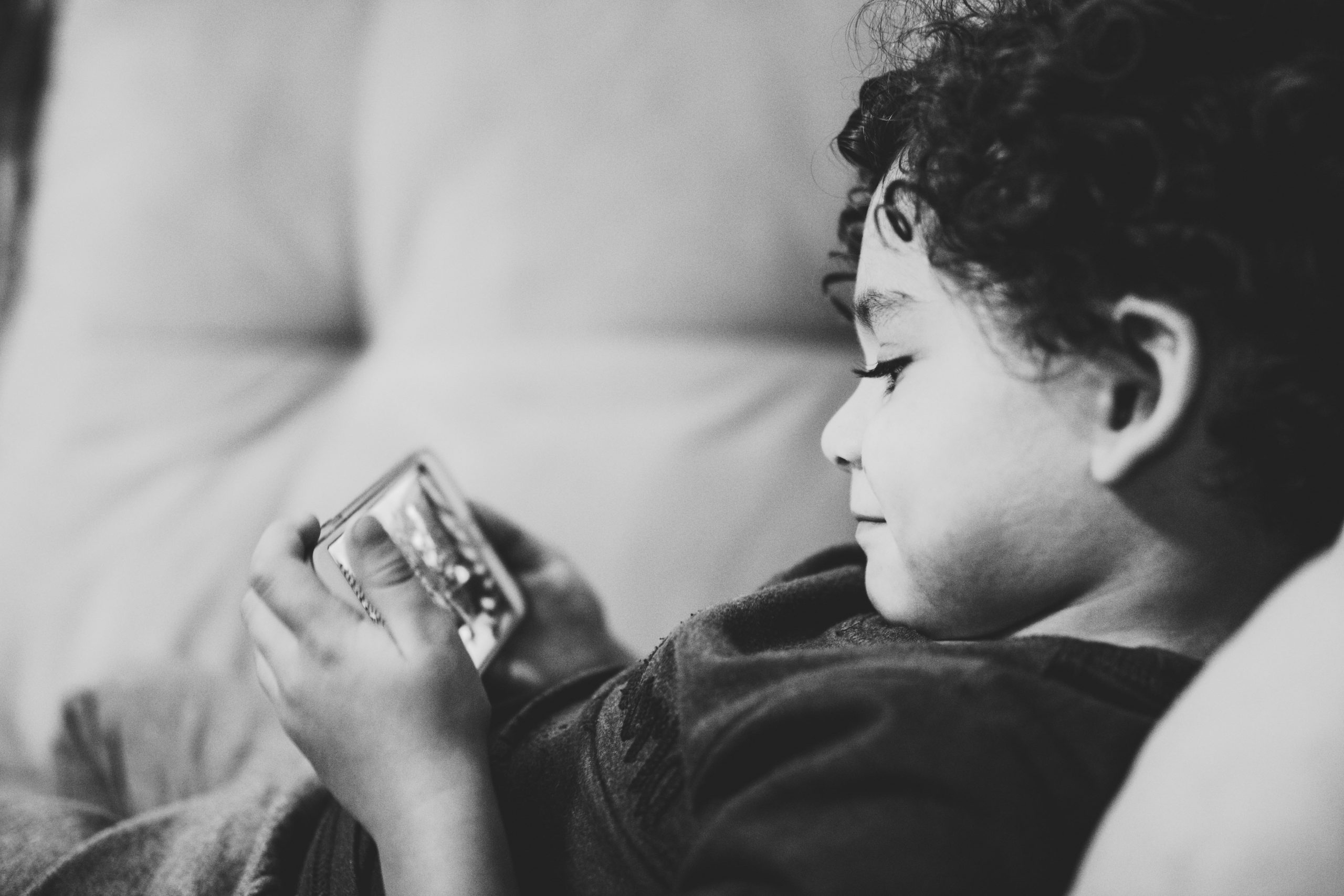At which age do you think children can manage their usage of these devices?
In this same story, Ben*, aged six, enters the same house with his parents. He immediately jumps beside Jayden and shares the screen. For ten minutes he appears to be just like all the other children, irresistibly drawn to the YouTube videos. However after some time, at the prompting of his parents, Ben moves off to play with the toddler and the cars and remains engaged for the next two hours without digital entertainment.
- Why is Ben able to move away from the devices even though his friends are totally absorbed?
- Why is he able to play with other non-digital options?
- What are Ben's parents doing differently with him?
3 Steps to Managing Digital Devices in Your Child’s Life: Glimpses from A Real Family
(1) Maximise younger years to develop your child in non-digital activities

It is much easier to teach and interest your kids in reading, physical activities, Lego®, board games and puzzles, while they are young, and before they are exposed to digital entertainment. Credit to the design of digital entertainment, they usually displace many other activities once they are introduced.
Ben's parents invest significant time to expose him to outdoor activities. He also has a fair array of toy cars and building blocks to engage him. Furthermore, he helps his older siblings with their pet terrapins and his father’s aquarium.
In contrast, he only gets to play video games at non-regular intervals, averaging about 15 minutes every 2 days. As such, he does not usually ask for digital entertainment as a default option, and is able to create his own play with other toys.
(2) Decide early when your child should get a smartphone

Most parents are forced to adjust their plans because of peer pressure on their children. But parents who plan ahead are less likely to give in compared to those who do not. Ben's parents have decided that a smartphone will only be necessary for him when he reaches secondary school. As such they put extra effort into alternative activities and make plans to help him resist peer pressure.
Ben's older sisters aged 11 and 13 both follow this “plan” and have successfully navigated their primary school years without falling prey to distractions. In contrast, they have developed well in sports, arts and craft, and are also able to understand why they do not have mobile phones.
(3) Establish screen-free zones in your home

Ben's parents establish screen-free zones in their home. In fact, all mobile devices are restricted to a charging “dock” at the coffee table. No one brings the mobile device into the bedroom, study room or dinner table. Because digital activity at home is always restricted to certain fixed locations, it becomes less integrated with other home activities and interaction. The absence of digital “triggers” such as notifications reduce the perpetual distractions that come from a mobile device.
This sharing comes from a real scenario of family and friends, with names have changed to protect privacy. All three children in Ben's family seem to be able to regulate their use of mobile devices very well. Even though they interact daily with peers who behave differently, it is clear that the parents’ influence sets them apart from the rest.
What do you do with your children? In our previous parenting workshops, we covered many more practical ideas for parents to manage the use of devices and cyber wellness for their children. Register your interest here to be informed of our next parents’ workshop when we launch the next dates!

